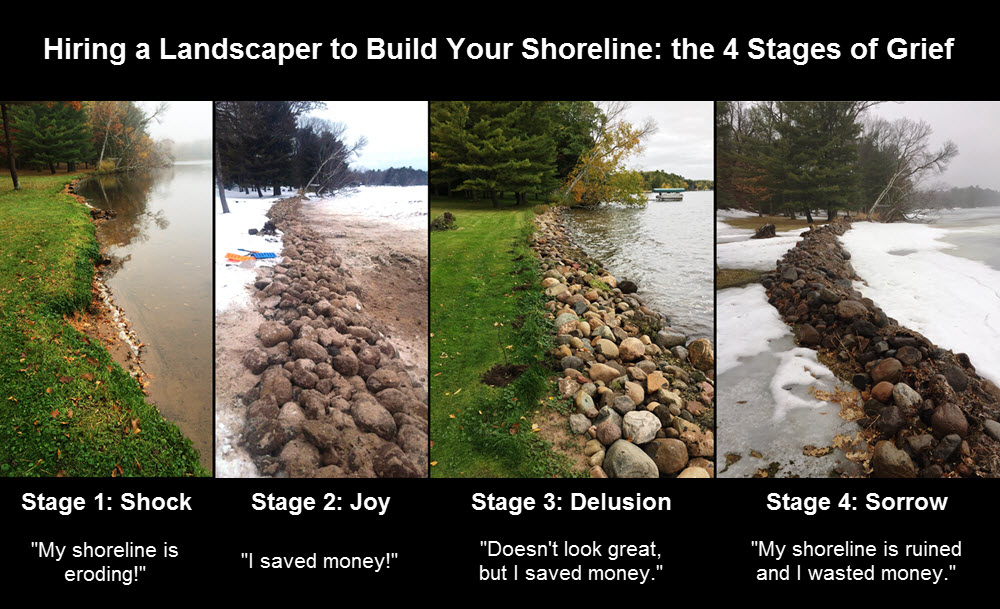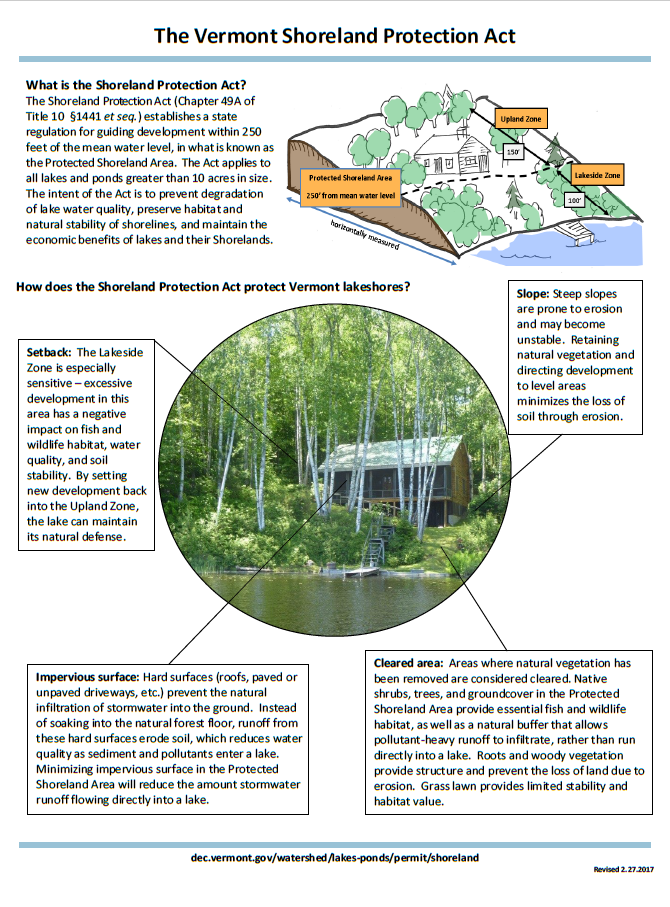7 Easy Facts About Shore Protect Team Shown
Table of ContentsShore Protect Team for BeginnersThe 10-Second Trick For Shore Protect TeamNot known Facts About Shore Protect TeamThe Best Guide To Shore Protect TeamThe Only Guide to Shore Protect TeamThe Greatest Guide To Shore Protect TeamThe Basic Principles Of Shore Protect Team
Reduction in residential or commercial property value: As the area tourist is impacted by disintegration, so then is the economy. Customers are much less most likely to look for a coastline residence that could be ruined at any type of moment by the impending flooding and erosion emergency situation. In turn, home value can drop profoundly and influence the entire region.Whether a coastline is simply small and crowded or has to close totally for the security of the community and neighboring residential properties, this greatly impacts tourism. In turn, neighborhood economic situations are impacted (https://medium.com/@shoreprotectteam/about). Risk of injury: The raised risk of flooding and structural failures creates a boosted danger of injury to nearby tourists and community participants

Coastline stablizing is straight related to their task. Beachfront hotels: Due to the fact that coastline erosion effects tourism, it affects the success of waterside resorts.
3 Simple Techniques For Shore Protect Team
Coastal commercial organizations: No visitors indicates no business. Coastal state parks: State parks that exist along shorelines are at threat of damage.
Soft stabilization is a better service for the environment and more lasting overall. Hard stablizing utilizes manufactured frameworks as protection to control erosion. Generally, these structures are mounted at appropriate angles or parallel to quit sand motion and decrease the pressure of waves. Many types of hard stabilization like seawalls and sheet metal are not ideal for coastline stablizing.
Shore Protect Team Can Be Fun For Everyone
There's additionally not adequate evidence of their effectiveness relying on the sort of coastline and neighborhood conditions. Tough stablizing methods tend to be harder to set up and don't match the all-natural aesthetic, protruding like an aching thumb and hurting regional ecosystems in lots of scenarios. Coastline nourishment is the process of adding lost sand and debris back to coastlines after erosion has actually happened.
TrapBags aid in the procedure of beach nutrients by securing natural environments and permitting plants to expand. While this procedure can be costly and is not long-term, the pros often tend to outweigh the disadvantages. TrapBag obstacles deal many homes that make them perfect for seaside and riverbank erosion security. They're: Eco-friendly: You can utilize indigenous soil both to surround and to fill the TrapBags.

Some Known Factual Statements About Shore Protect Team
They can likewise be installed without any kind of hefty machinery. Cost effective: TrapBags are suitable for both tiny and big locations of coastline.
Combined with a high building expense, this has actually resulted in increasing usage of other soft design seaside administration choices such as coastline replenishment. Seawalls are constructed from numerous products, the majority of frequently strengthened concrete, stones, steel, or gabions. Other possible construction products consist of vinyl, wood, light weight aluminum, fiberglass composite, and biodegradable sandbags made of hemp and coir. The suitable seawall layout relies upon location-specific elements, consisting of surrounding disintegration processes. There are 3 major sorts of seawalls: vertical, bent, tipped, and mounds (see table listed below). A record published by the United Nations Atmosphere Programme (UNEP) suggests that the tidal wave of 26 December 2004 triggered less damages in the areas where natural obstacles existed, such as mangroves, reef or seaside vegetation.
All-natural barriers, such as reef and mangrove forests, avoid the spread of tsunamis and the flow of coastal waters and alleviated the flooding and rise of water. A cost-benefit strategy is an effective means to figure out whether a seawall is appropriate and whether the advantages are worth the cost.
Shore Protect Team Can Be Fun For Everyone
A seawall is a fixed function which can contravene the vibrant nature of the coast and hamper the exchange of sediment in between land and sea. The table below sums up some favorable and unfavorable impacts of seawalls which can be utilized when comparing their performance with other seaside administration options, such as beach nourishment. [] Advantages and drawbacks of seawalls according to Short (1999) Advantages Downsides Lengthy term option in contrast to soft beach nutrients.

This can create beaches to dissipate, providing them useless for beach goers. Usually, seawalls can be an effective way to control coastal erosion, but only if they are built well and out of materials that can withstand the force of ongoing wave energy.
The Buzz on Shore Protect Team
The ideal seawall layout relies on location-specific aspects, including bordering disintegration processes. There are three major types of seawalls: upright, rounded, stepped, and piles (see table listed below). A record released by the United Nations Atmosphere Programme (UNEP) suggests that the tidal wave of 26 December 2004 created less damage in the locations where natural obstacles existed, such as mangroves, coral reefs or coastal plants.
Natural obstacles, such as reef and mangrove forests, stop the spread of tidal waves and the circulation of seaside waters and minimized the flood and rise of water. A cost-benefit approach is a reliable method to figure out whether a seawall is suitable and whether the advantages are worth the cost.
Little Known Facts About Shore Protect Team.
A seawall is a static attribute which can contrast with the vibrant nature of the coastline and hinder the exchange of sediment in between land and sea. Benefits and drawbacks of seawalls according to Short (1999) Advantages Negative aspects Long term solution in contrast to soft coastline nourishment.

This can cause beaches to dissipate, rendering them useless for beach goers. Normally, seawalls can be an effective way to manage coastal erosion, yet only if they are created well and out of products that can stand up to the pressure of continuous wave power.